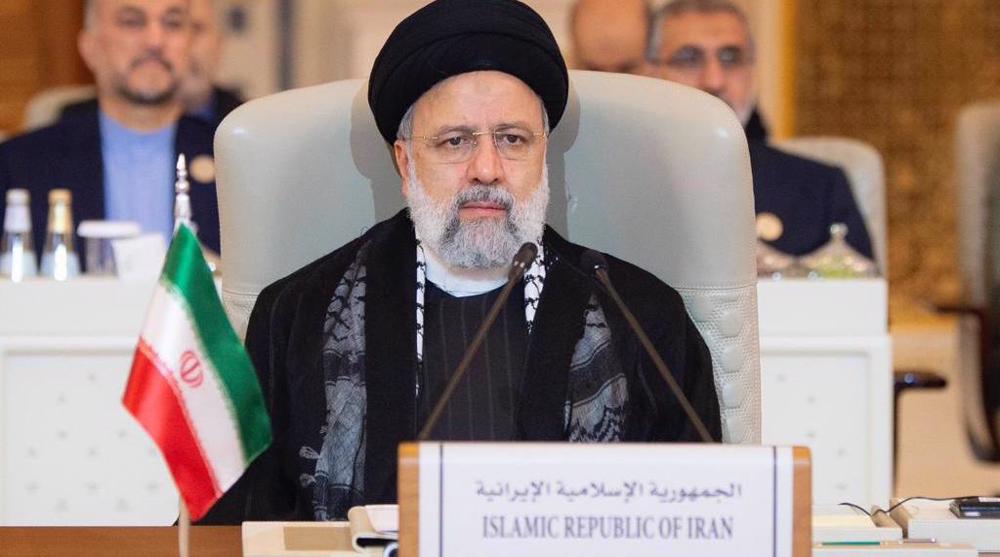
The unexpected death of Iran’s President has sent shockwaves through the nation and reverberated across the international community. This momentous event, marking the sudden end of a key political figure’s tenure, has profound implications for Iran’s domestic politics, its regional influence, and its global interactions.
Domestically, the president’s death would trigger an immediate constitutional and political response. According to Iran’s constitution, the First Vice President would assume presidential duties temporarily until new elections can be held. This interim period is critical, as it ensures continuity in governance and stability within the state apparatus. The interim president, tasked with maintaining stability, faces the dual challenge of managing public sentiment and navigating the complex web of Iran’s political factions.
Iran’s political landscape is characterized by a delicate balance between hardliners and reformists, each vying for influence. The president’s death could exacerbate existing tensions, as factions scramble to position themselves favorably in anticipation of the upcoming elections. The Guardian Council, a powerful body that vets electoral candidates, would play a crucial role in shaping the political future, potentially leaning towards more conservative or reformist candidates based on the prevailing political climate.
In terms of public sentiment, the president’s death could evoke a range of emotions, from grief and uncertainty to a renewed call for political reforms. The Iranian populace, particularly the youth and those advocating for greater freedoms, might see this as an opportunity to push for changes in governance and policies. Alternatively, the government’s response to maintaining order and managing public gatherings during mourning periods could set the tone for civil society’s engagement with the state.
Regionally, Iran’s influence as a major Middle Eastern power could face immediate challenges. The president’s death might embolden regional adversaries or complicate existing alliances. Countries like Saudi Arabia, Israel, and the United Arab Emirates, often at odds with Iran, would closely monitor the situation, potentially recalibrating their strategies in response to any perceived vulnerabilities. Conversely, Iran’s allies, including Syria and various non-state actors, might experience a period of uncertainty regarding future support and collaboration.
On the global stage, the death of Iran’s president could impact ongoing diplomatic efforts, particularly concerning Iran’s nuclear program and international sanctions. The United States, European Union, and other stakeholders would likely reassess their engagement strategies with Iran, weighing the implications of a potential shift in leadership. If the deceased president had been a key figure in negotiations, his death might stall or alter the course of diplomatic talks, impacting everything from nuclear deal renegotiations to economic sanctions.
In the broader geopolitical context, Iran’s role in global energy markets, particularly its oil exports, could face disruptions. Any instability in Iran has the potential to affect global oil prices, given the country’s significant reserves and production capacity. Markets would react to both the immediate uncertainty and the longer-term implications of any policy shifts under new leadership.
In conclusion, the death of Iran’s president would be a pivotal event with wide-ranging consequences. Domestically, it would challenge political stability and public sentiment, potentially reshaping the nation’s political landscape. Regionally and globally, it would prompt strategic recalibrations and impact ongoing diplomatic and economic engagements. As Iran navigates this uncertain period, the actions of its interim leadership and the response of its populace and international community will define the country’s path forward.









